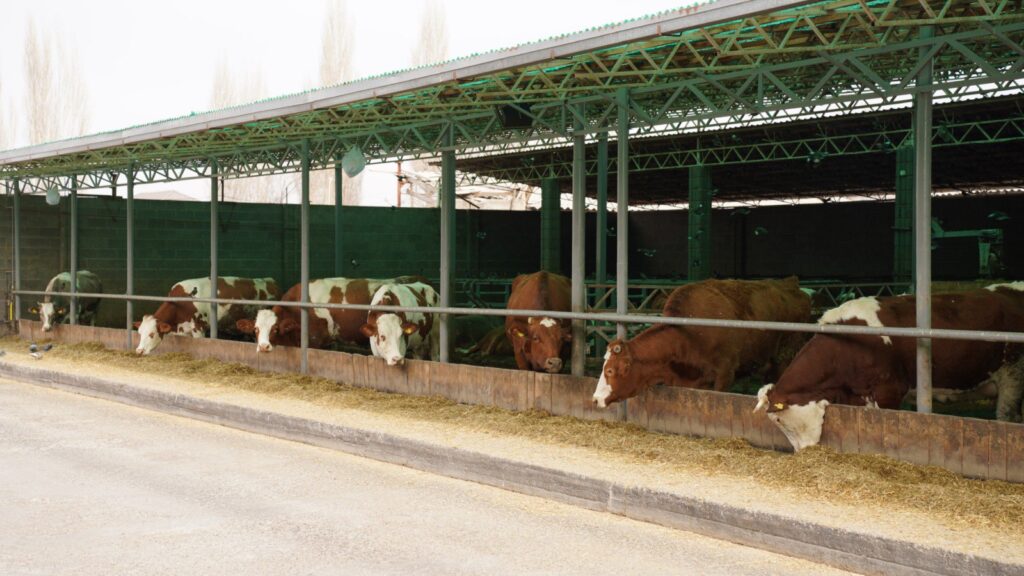DUSHANBE (TCA) — Tajikistan President Emomali Rakhmon on November 18 launched Phase 2 of reconstruction and modernization of Azot (Nitrogen) plant in the city of Sarband in Khatlon province, the press service of the Tajik president reported.
Azot is a large chemical plant operating since 1967. The plant had two production lines for 110 thousand tons of ammonia and 180 thousand tons of carbamide per year.
The plant currently employs almost a thousand people.
The plant exports products to Afghanistan, Iran, Turkmenistan, Ukraine, Hungary, Poland, Slovakia, and Romania.
In September 2016 the government of Tajikistan and a Chinese company signed an investment agreement on reconstruction and launch of ammonia and carbamide production at Azot plant.
A total of $360 million will be invested in modernization of the plant’s technological equipment (burning coal) and construction of new facilities for ammonia and carbamide production.
The project will be implemented in two stages. The first stage includes modernization and launch of workshops for the production of 320 thousand tons of ammonia and carbamide per year. This work was planned to be completed in 1.5 years.
However, President Rakhmon ordered the Chinese company to complete the work within a year and two months and commission the new facilities in February 2018. He also ordered the project’s staff consist of up to 95 percent of local people.
The second stage of the project will build on 45 hectares new workshops for production of 500 thousand tons of ammonia and carbamide per year.









